There’s a special kind of relief that comes with knowing dinner is already sorted—and it won’t hijack your evening. No stack of pots. No elaborate prep. Just one pan, a few fresh ingredients, and twenty-ish minutes of hands-off oven time. That’s the quiet magic of this sheet pan salmon with asparagus and potatoes.
You start with buttery salmon fillets, nestle them between crisping red potatoes and snappy green asparagus, then brush on a quick honey-Dijon glaze that somehow makes the whole thing feel gourmet—without the effort. It’s the kind of meal you make when life is loud and you need dinner to be easy, nourishing, and actually good.
This isn’t just a recipe. It’s your new midweek
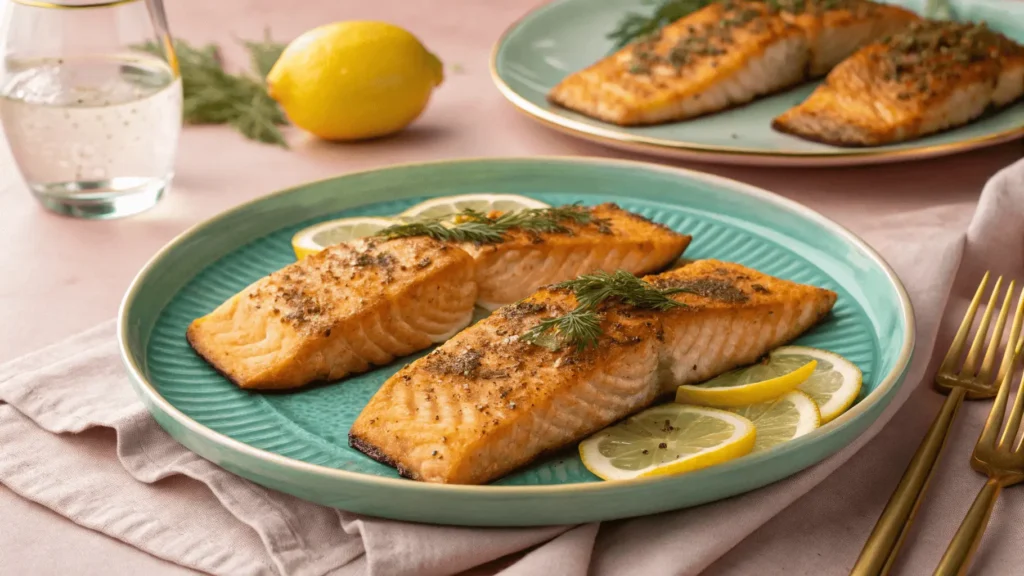
What You’ll Need to Make This One-Pan Dinner Happen
The magic of this dish isn’t in some exotic spice or hard-to-pronounce ingredient—it’s in how effortlessly the flavors come together. Most of what you need might already be in your fridge or pantry.
Main Ingredients:
- 4 salmon fillets (about 6 oz each) – Fresh or thawed; skin-on helps keep them juicy.
- 2 pounds baby red or gold potatoes – Quartered for quick roasting and that golden edge.
- 1 pound asparagus – Trimmed; thinner stalks roast faster and stay snappy.
- 3 tablespoons olive oil – You’ll divide it between veggies and glaze duty.
- Salt & pepper – Classic, for seasoning to taste.
- 2 teaspoons Italian seasoning – Split between potatoes and glaze.
- 1 teaspoon garlic powder – Adds depth to the spuds.
For the Honey-Dijon Glaze:
- 2 tablespoons melted butter – For richness that ties everything together.
- 2 tablespoons honey – Sweet, sticky, and caramelizes slightly in the oven.
- 1 teaspoon Dijon mustard – Adds tang and a bit of zip.
- ½ lemon, thinly sliced – For that roasted citrus aroma and brightness.
Quick Ingredient FAQ:
Can I substitute the salmon?
Absolutely. Trout or even skin-on cod works in a pinch, though cooking times may vary slightly.
Let’s Talk Ingredients (and Why This Just Works)
One of the best things about this meal? You don’t need to track down anything fancy. No mystery spices. No late-night grocery runs. Just familiar, wholesome ingredients that come together in a way that somehow feels… elevated.
And the beauty is, most of it’s probably already sitting in your kitchen.
The Core Cast:
- Salmon fillets (4, around 6 oz each)
Go for fresh if you can, but honestly? Thawed from frozen works beautifully too. Skin-on keeps the fillets juicy, but if yours are skinless, no panic—it still turns out great. - Baby red or Yukon potatoes (about 2 lbs)
Quarter them so they roast fast and get those crispy edges. If they’re a little bigger or smaller? Just aim for bite-sized. - Fresh asparagus (1 lb)
Trim off the tough ends. If they’re pencil-thin, they’ll cook faster and stay snappy. If they’re chunky, maybe slice them lengthwise. - Olive oil (3 Tbsp, divided)
You’ll use some for roasting, some for finishing. Doesn’t need to be the fancy kind, but good olive oil does go a long way here. - Salt, pepper, garlic powder, and Italian seasoning
Trust your instincts here—season enough so it tastes like something, but not so much it drowns the natural flavors. Italian seasoning brings that herbaceous, cozy vibe. Garlic powder just deepens everything.
For the Glaze (a.k.a. Flavor Gold):
- Melted butter (2 Tbsp)
Because richness. It helps everything brown and tastes like comfort. - Honey (2 Tbsp)
A little sweet to balance the savory. Plus, it caramelizes like a dream. - Dijon mustard (1 tsp)
Don’t skip it. This is the note that makes people go, “Ooh, what’s in this?” - Lemon (½, thinly sliced)
Not just garnish—roasted lemon adds brightness and a soft citrusy aroma that’s hard to fake.
Small Note:
If you’re missing something—say, you only have maple syrup or grainy mustard—don’t stress. This is a flexible, forgiving recipe. It’s more about balance than precision.
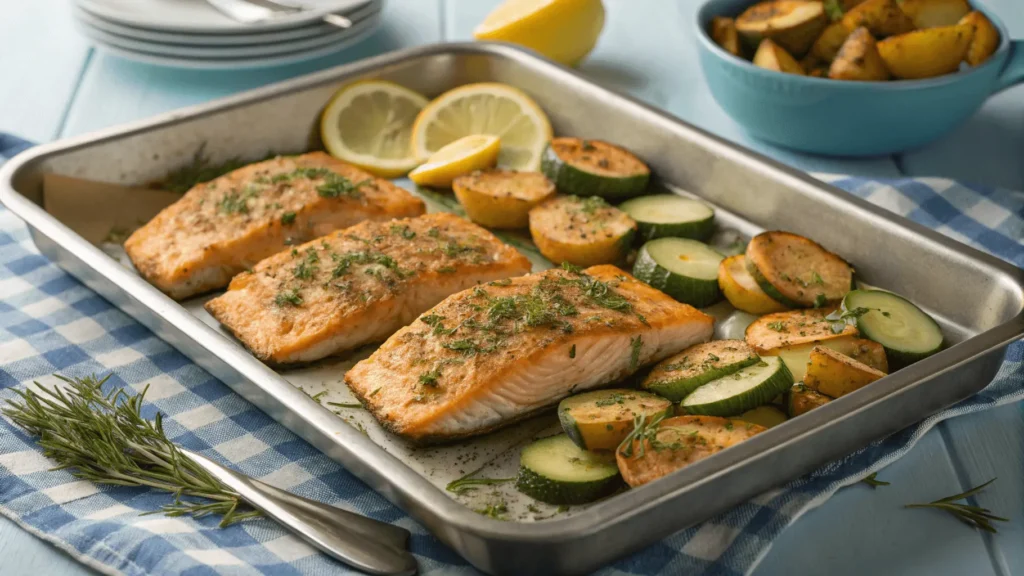
How to Pull This Off Without Breaking a Sweat (or a Saucepan)
The goal here? Make dinner without spiraling. No acrobatics, no culinary heroics. Just cozy, feel-good food that comes together in one pan—and makes you look like you tried way harder than you did.
Step 1: Roast the Potatoes First
Preheat your oven to 400°F (200°C). While it warms up, grab those baby potatoes and toss them with about 2 tablespoons of olive oil, 1½ teaspoons of Italian seasoning, garlic powder, and the usual salt and pepper. Don’t overthink it—just coat them well.
Now, spread them out like they’re moody teens who need personal space. Overcrowding = steam = sad, soggy potatoes.
Roast them solo for 10 minutes. Think of this as their head start—salmon and asparagus don’t need nearly as much time in the oven.
Step 2: Bring in the Salmon & Asparagus
Once those potatoes have had their moment, carefully pull the tray out (yes, it’s hot—don’t do the barehanded “I’ll be fine” move).
Nestle your salmon fillets into the gaps—skin-side down if they have skin. Then scatter in the asparagus. If it’s feeling tight on the tray, you can cheat and remove a few potatoes or stack things a bit. This isn’t a food styling shoot—it’s dinner.
In a small bowl, stir together melted butter, honey, Dijon mustard, and the rest of the Italian seasoning. Brush this all over the salmon like you’re painting something important. Because you are.
Finish by drizzling the asparagus with the remaining olive oil and giving everything a last hit of salt and pepper. Tuck the lemon slices in wherever you find a bare corner—they’ll roast down and add this quiet citrusy lift that feels way fancier than it is.
Step 3: Back in the Oven
Pop the tray back in for about 15 minutes. You’re looking for flaky salmon, tender asparagus, and potatoes that are cooked through but not mushy.
Feeling extra? Flip on the broiler for the last couple of minutes. That glaze on the salmon will start to caramelize and you’ll suddenly feel like you know what you’re doing.
FAQ: My asparagus is looking a little…sad. What now?
Totally normal if you used super-thin stalks. Next time, either add them halfway through or yank them out a few minutes before the salmon’s done. This recipe’s chill like that.
Tips, Tweaks & “Wait, Can I…?” Moments
This recipe plays well with others. It’s the kind of dinner that’s hard to mess up, easy to personalize, and surprisingly forgiving if you veer off-script a little. So if you’re standing in front of your fridge thinking, “Can I swap this?” or “What if I don’t have that?” — here’s your answer.
Small Tweaks That Go a Long Way
- No Italian seasoning?
Just mix a little dried oregano, basil, thyme, and rosemary. Or honestly, use whatever herb blend you’ve got. The goal is warmth, not precision. - Potato freedom:
Red, gold, even fingerlings—anything starchy and roastable works. Just keep the pieces uniform-ish so they cook evenly. - Want a deeper flavor hit?
Throw a few smashed garlic cloves onto the pan. They’ll roast down into little caramelized surprises. - Feeling bold?
A pinch of red pepper flakes in the glaze gives it a subtle kick. Not hot, just… interesting. - Going low-carb?
Swap potatoes for cauliflower florets or halved radishes. Different texture, but still satisfying.
Make It Your Own
- Add a sprinkle of grated Parmesan over the asparagus before baking for that salty-nutty vibe.
- Craving crunch? Toss a few panko breadcrumbs with olive oil and bake them on top of the salmon for the last 5 minutes.
- Kid hack: Mix a little ranch seasoning into the potatoes. Trust me—they’ll eat them without the usual bargaining.
FAQ: Can I make this ahead of time?
Yes, with a tiny asterisk. You can prep everything and store it in the fridge—just don’t glaze the salmon until right before it hits the oven. That keeps it from going soggy or weirdly opaque.
What to Serve With It (and Why This Meal Feels So Good)
This dish already hits the trifecta—protein, veggies, carbs. It’s balanced without trying too hard. But if you’re the type who likes to round things out (or feed a crowd), there are some simple additions that take it from “dinner” to Dinner™.
Sidekick Options (if you’ve got the energy)
- Simple green salad – Think arugula, lemon juice, olive oil, done. Something crisp to cut through the richness.
- Garlic bread or a warm baguette – Because let’s be honest: sopping up leftover glaze with bread is an underrated joy.
- Steamed rice or quinoa – If you’re skipping the potatoes or feeding extra mouths.
- Roasted cherry tomatoes – Toss a few on the tray with the asparagus if you’ve got them—sweet, juicy bonus bites.
Nutrition Snapshot (Per Serving, Roughly)
- Calories: 570
- Protein: 41g
- Carbs: 54g
- Fat: 22g
- Fiber: 6g
- Sugars: ~8g (mostly from the honey)
Honestly, it’s hard to beat a meal that feels indulgent and checks off your nutrition goals. It’s filling but not heavy, wholesome but not boring.
FAQ: Can I pack this for lunch?
Absolutely. It reheats well (especially in a toaster oven) and doesn’t lose flavor overnight. Just keep the asparagus separate if you want to avoid sogginess.
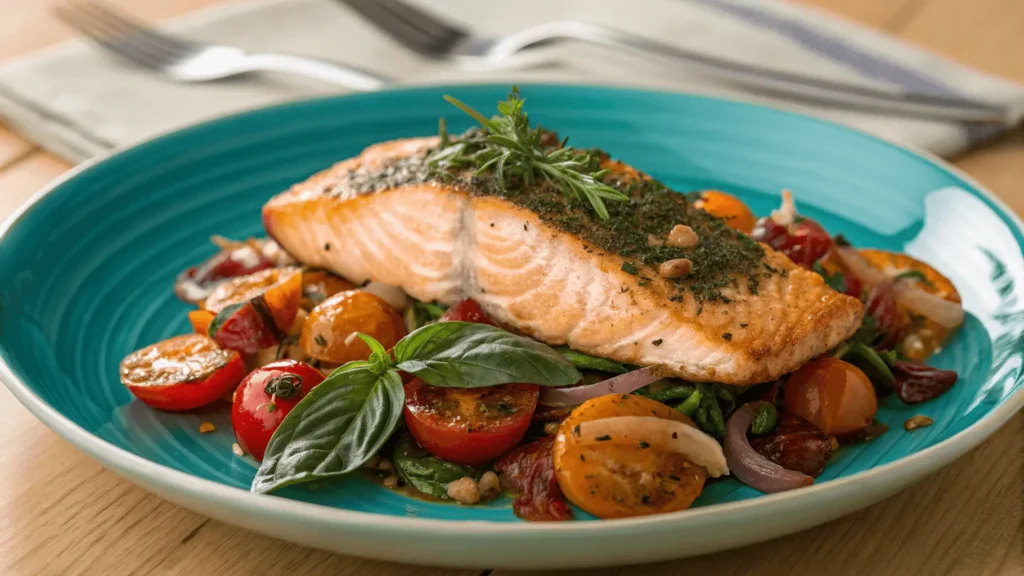
The Kind of Dinner You’ll Actually Want to Make Again
Some meals are one-and-done. You make them, they’re fine, and then they fade from memory. But others—like this sheet pan salmon situation—have a way of sneaking into your regular rotation. Not because they’re flashy, but because they work.
They show up for you when time’s tight, when your brain’s fried, when you just want to eat something that feels like real food without the production. They taste good on a Tuesday and good again reheated on a Thursday. And somehow, even when you barely measure or forget the lemon, it still comes out great.
So print it, pin it, save it—whatever your system is. This one’s worth keeping close.
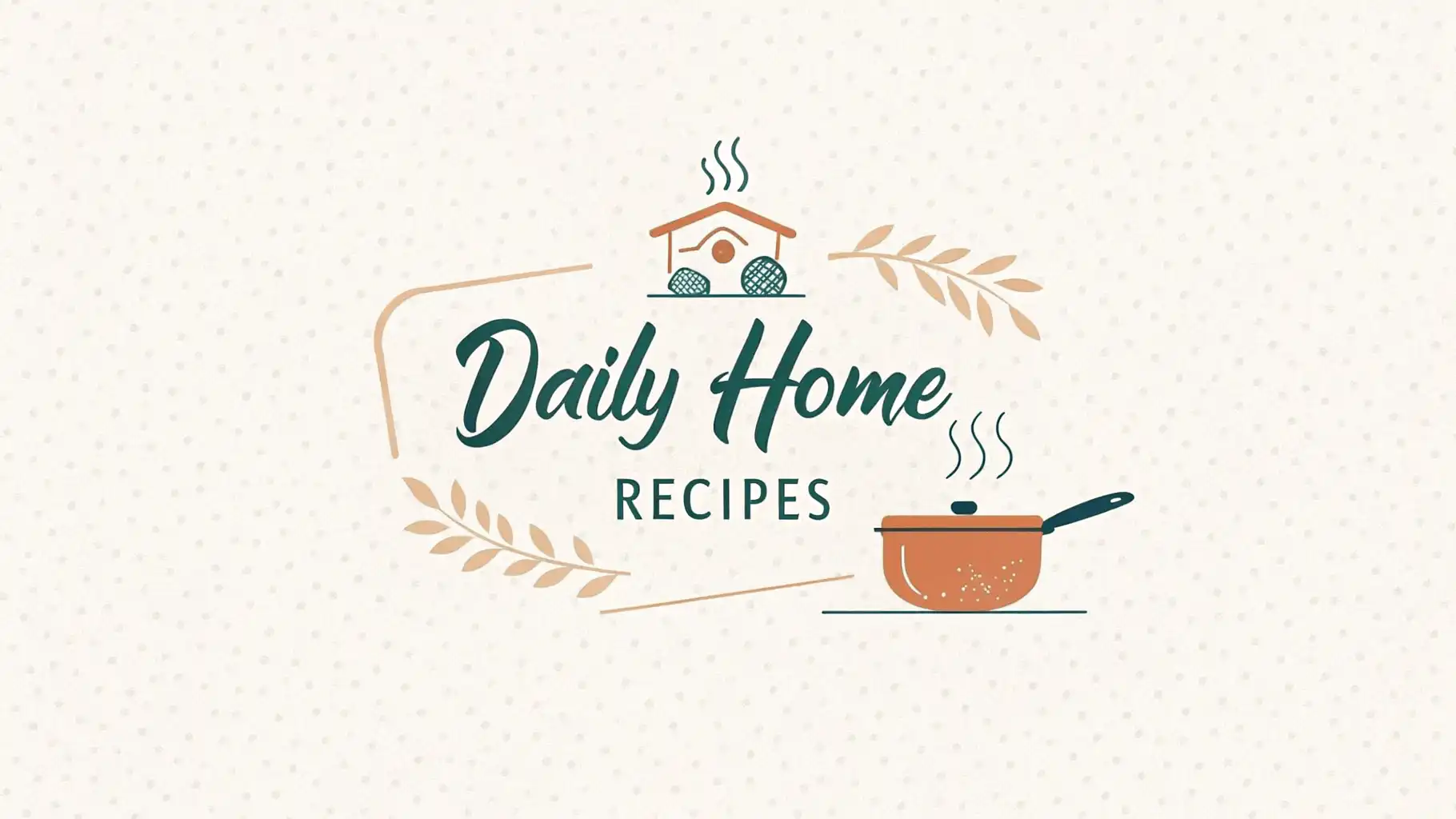
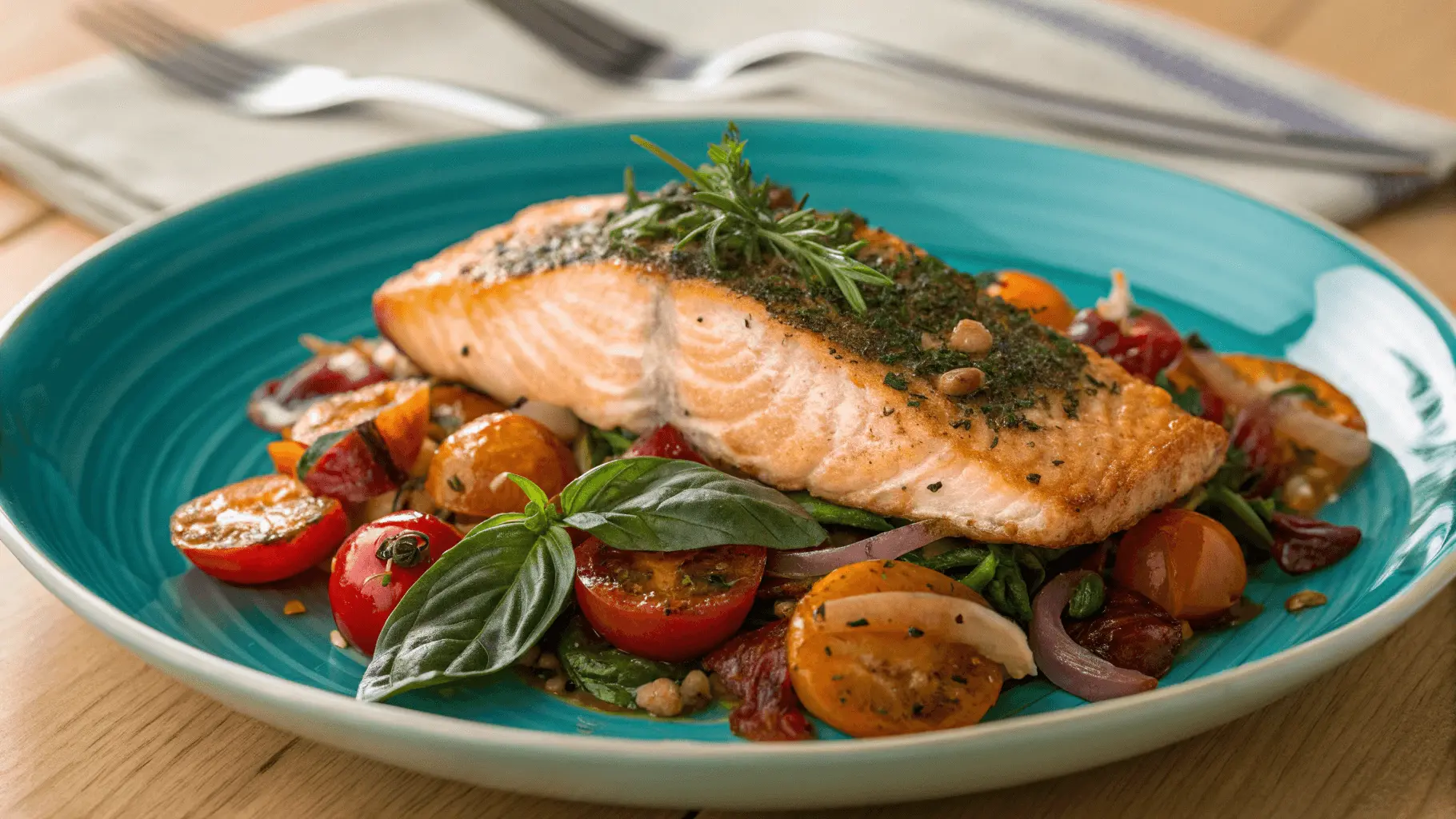
Leave a Reply